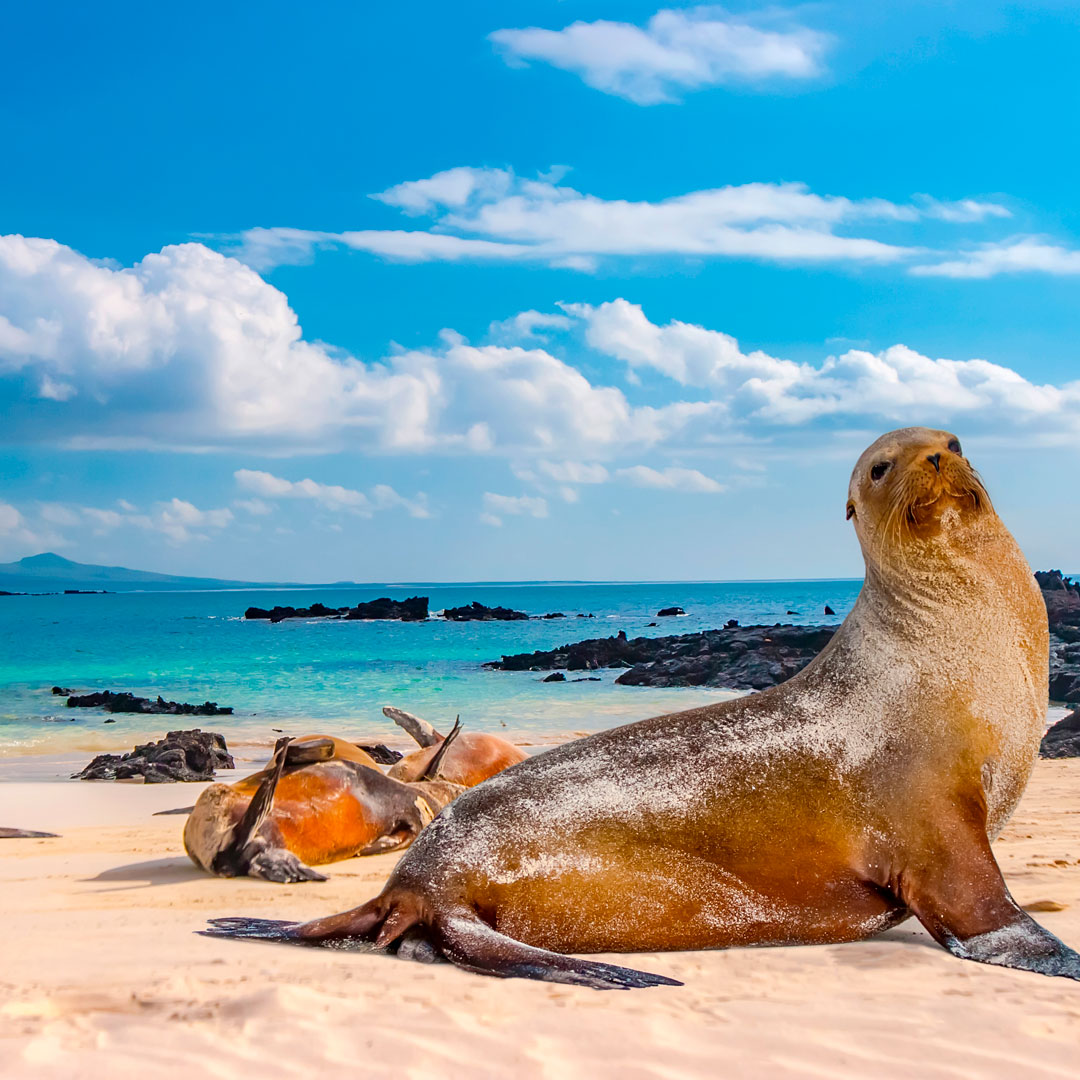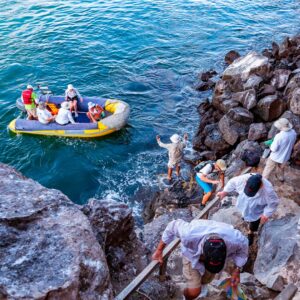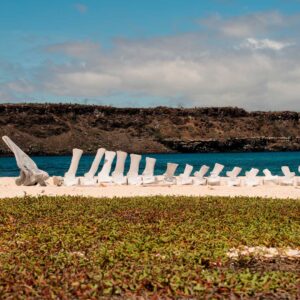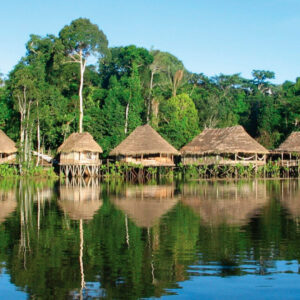Protect the Islands!
The Galapagos Islands are not only majestic and beautiful but they are also unique in the world. Numerous people work hard to preserve this magical place. Making the islands a National Park and the surrounding sea a Marine Reserve is an enormous undertaking. In fact, it is ranked as one of the world’s best preserved places.
It must be noted that 5% of the original flora and fauna no longer exist, and that there are threats to the Galapagos’ wonderful nature which actually include humans. Not only do organizations contribute to this noble cause, but Galapagos residents and tour operators also monitor the situation on the archipelago. Help us conserve the Islands as most people do!
National Park guidelines
The Galapagos National Park area is cautiously protected in order to preserve the archipelagos’ unique ecosystem. These rules should be explained to you by your naturalist guide but at the same time, we as your agency of choice have to remind them as well.
*There should be no removal or disturbance of plants, animals, or other natural objects (including shells, bones, and pieces of wood).
*No live material should be transported to or from the islands.
*Do not bring food to the uninhabited islands.
*Do not approach or touch the animals.
*Do not feed the animals with anything
*Avoid startling or chasing any animal away from its nesting site.
*Keep to the designated paths and visitor areas.
*Leave no litter on the islands, and do not throw litter from your boat.
*Please do not deface the rocks.
*Do not purchase plant or animal-based souvenirs.
*Visitors to the islands must be accompanied by a licensed national park guide.
Galápagos Organizations
There are many Organizations that help conserve the Archipielagos magic. The Galapagos Conservancy (GC) and the Galapagos Conservation Trust (GCT) collaborate to raise public awareness of the Galapagos Archipelago and the necessity to protect it. Because there are many highly skilled individuals working on the Galapagos’ preservation, the best way is to provide them with financial support which is the reason they concentrate primarily on fundraising.
On the other hand, The World Wildlife Fund (WWF) and the Charles Darwin Foundation (CDF) can be mentioned as non-profit organizations that receive donations and use them to safeguard the archipelago through various research projects. The WWF, for example, assists in keeping an eye on the fragile archipelago in order to prevent anyone from destroying it through illegal fishing or other despicable acts. Furthermore, they want to implement ecotourism so that visitors to Galapagos cause the least amount of damage to the island’s ecosystem.
Finally, as in for the Islands itself, organic waste is composted on the islands. Moreover, all glass products in Galápagos are recycled on the islands and utilized as concrete blocks. When speaking about energy, the inhabitants of the islands also go green: they often install big numbers of solar plants and wind turbines





